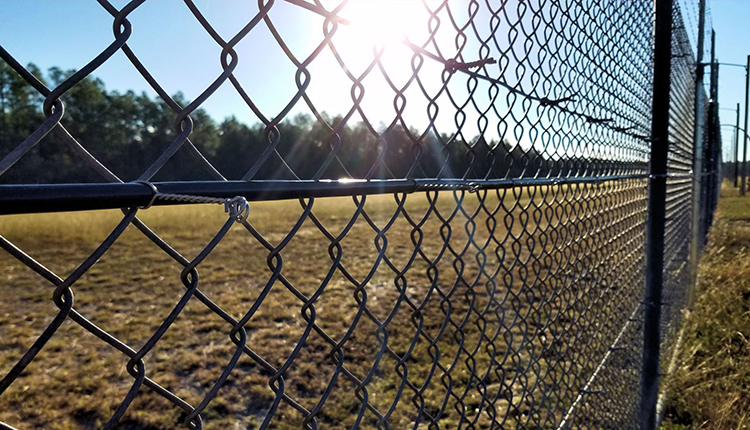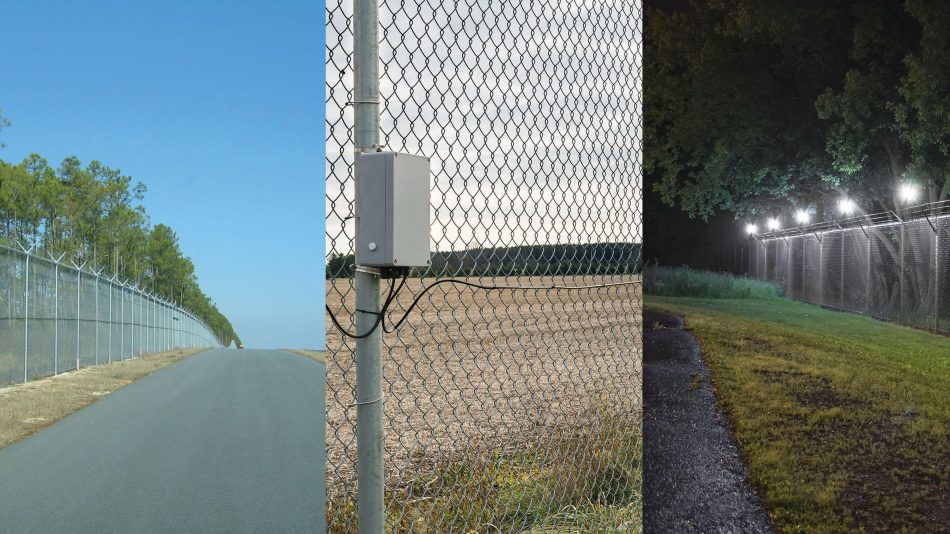Enhance Your Safety And Security With Advanced Fiber Optic Protection Systems
In an age where safety is extremely important, advanced fiber optic security systems offer an engaging solution for boosting security throughout different environments. These systems not just flaunt superior bandwidth and rate for high-resolution monitoring however additionally use impressive strength versus exterior disturbances. As organizations significantly seek trusted methods to protect their possessions, the combination of cutting-edge technologies like AI and IoT within fiber optic structures raises essential questions regarding their efficiency compared to conventional systems. What ramifications do these improvements hold for future safety procedures?
Advantages of Fiber Optic Security
Harnessing the advantages of fiber optic modern technology significantly enhances security systems across different applications. One of the primary benefits is the boosted data transfer ability, permitting the transmission of big quantities of information at high rates. This is especially essential for real-time video clip security, where high-resolution feeds can be sent without latency, making certain immediate action capacities.
Furthermore, fiber optics display exceptional resistance to electro-magnetic interference, which is important in settings with potential signal interruptions. This reliability guarantees consistent performance in crucial protection operations. Fiber optic cords are much less vulnerable to tapping and unapproved gain access to compared to conventional copper wiring, consequently improving information integrity and discretion.
An additional significant benefit is the toughness of fiber optic systems; they are extra immune to environmental elements such as wetness, temperature level changes, and harsh compounds. This resilience translates to decrease upkeep expenses and longer lifespans for protection installations.
Last but not least, the light-weight nature of fiber optic wires helps with easier installation and directing, especially in complex facilities (fiber optic security system). Ultimately, the combination of fiber optic modern technology right into protection systems not just strengthens security measures but also optimizes functional efficiency
Trick Features to Take Into Consideration
When assessing fiber optic safety systems, several vital functions have to be considered to make certain optimum efficiency and efficiency. First, assess the system's detection array and level of sensitivity; a considerable range enables checking large areas, while high level of sensitivity makes sure that also minor disturbances are detected promptly.
Next, think about the combination abilities of the system. A fiber optic protection system must effortlessly interface with existing protection measures such as cameras and alarms, developing a natural protection network.
Resilience and ecological resistance are also important functions. Make sure that the system is made to endure harsh weather problems and potential physical threats, as this will extend its operational life-span.

Finally, check into the scalability of the system. A robust fiber optic protection system need to be conveniently expandable to fit future demands without substantial overhauls. By carefully taking into consideration these features, you can select a fiber optic protection remedy that enhances security and safety and security in your atmosphere.
Installation Refine Introduction
To successfully implement a fiber optic protection system, an organized installment procedure is crucial. This process begins with a comprehensive website analysis to identify the certain protection needs and to identify optimum areas for fiber optic cables and safety and security devices. Following this assessment, the setup group will certainly establish a thorough strategy, consisting of cord pathways, required tools, and compliance with neighborhood guidelines.
Following, the setup includes laying the fiber optic cords, ensuring they are shielded from environmental factors and physical damage. Proper handling strategies are vital, as fiber optic cables are delicate and can be conveniently damaged. After the cabling is set up, adapters and terminations are carefully completed to make sure signal honesty.
The subsequent phase is composed of installing safety and security tools such as cameras, motion detectors, and security system, all incorporated with the fiber optic network. Extensive testing is performed to validate that all elements are working correctly and to guarantee optimum efficiency.

Contrasting Fiber Optic to Traditional Solutions
The advancement of safety and security technology has brought about considerable advancements in the contrast between fiber optic systems and standard copper-based systems. Fiber optic systems use light to send data, providing remarkable data transfer and speed compared to their copper counterparts. This leads to internet improved data transmission capacities, making fiber optics optimal for high-resolution video monitoring and real-time surveillance.
Additionally, fiber optic cables are resistant to electromagnetic interference, decreasing the probability of signal destruction brought on by outside elements. This particular makes sure consistent performance, even in tough settings. On the other hand, typical copper systems are much more prone to disturbance, leading to prospective vulnerabilities in safety find applications.
Toughness is an additional advantage of fiber optic systems. They are much less susceptible to damage from environmental variables such as dampness and temperature level changes, which can endanger copper electrical wiring. Additionally, fiber optics are lighter and thinner, permitting much easier setup and lowered physical footprint.
Nevertheless, conventional systems have a tendency to have reduced initial expenses, making them eye-catching for budget-conscious tasks. While fiber optic systems might call for a higher upfront investment, their long-term benefits-- such as reduced upkeep costs and better dependability-- usually exceed the first cost, placing them as a remarkable option for contemporary protection demands.
Future Patterns in Safety And Security Modern Technology
Emerging patterns in protection technology are poised to change the landscape of surveillance and hazard discovery - fiber optic security system. As companies increasingly deal with sophisticated dangers, innovations such as expert system (AI) and artificial intelligence (ML) are coming to be indispensable to security systems. These technologies boost the ability of fiber optic systems by allowing real-time information evaluation, identifying anomalies, and automating feedbacks to prospective violations
Furthermore, the combination of the Net of Points (IoT) is changing safety and security structures. IoT tools can supply extensive situational awareness and facilitate seamless interaction between different safety components. This interconnectedness permits more reliable monitoring and faster case reaction times.
Biometric verification is also acquiring energy, offering a higher degree of safety and security through one-of-a-kind physical features. As this technology evolves, it is likely to be integrated into fiber optic systems for boosted access control.
Verdict
In conclusion, advanced fiber optic protection systems stand for a substantial advancement in security and security technology. The change from typical systems to fiber useful link optic remedies reflects an expanding fad in the direction of extra effective and reliable security steps in an increasingly complex technical landscape.